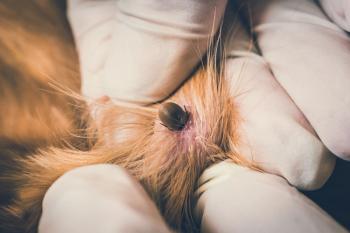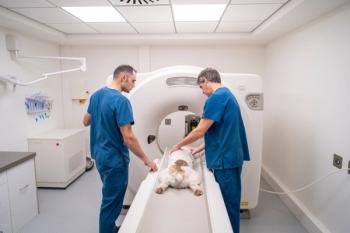
Technical education and its role in creating veterinary professionals
Dr Adam Christman and veterinary technician Michael Natale sit down to discuss how veterinary science CTE classes can help shape a future generation of veterinary professionals
A typical high school day of sitting in geometry, Spanish, social studies, and more isn't for everyone. Some high school students have the chance to attend career and technical education classes during the day to learn how to become a chef, carpenter, and even a veterinary professional.
During this episode of The Vet Blast Podcast, Adam Christman, DVM, MBA, and Michael Natale, LVT, discuss the options high school students have if they are interested in veterinary medicine, plus how the available courses can help determine which veterinary career is best for them.
Michael Natale, LVT: For starters, what is CTE? Right? I think a lot of people don't even know what that stands for. So CTE stands for career and technical education. Typically, a lot of the students who are attending these programs don't necessarily want to sit in the typical classroom within the high school setting so you know, geometry, English, social studies classes. So they want to attend a school where they can actually learn about a trade or an industry that they wish to pursue following graduating from high school. That ranges from you know, veterinary medicine, dentistry, nursing, aviation, culinary, things like that.
Adam Christman, DVM, MBA: So, did they still have to take like any prerequisites or any other classes concurrently? Like, are they taking biology, languages, and the [CTE]?
Natale: Yeah, so the day is split up, typically, year 1 and year 2. So, in year 1 you may be coming for 2 hours of the day to us and then the 2 other hours of your day are spent at your home school, taking your social studies, your English, or your math. However, depending on your program, you actually get credits for math, English, [and] science, which are what my students currently obtain while enrolled in my program.
Newsletter
From exam room tips to practice management insights, get trusted veterinary news delivered straight to your inbox—subscribe to dvm360.




